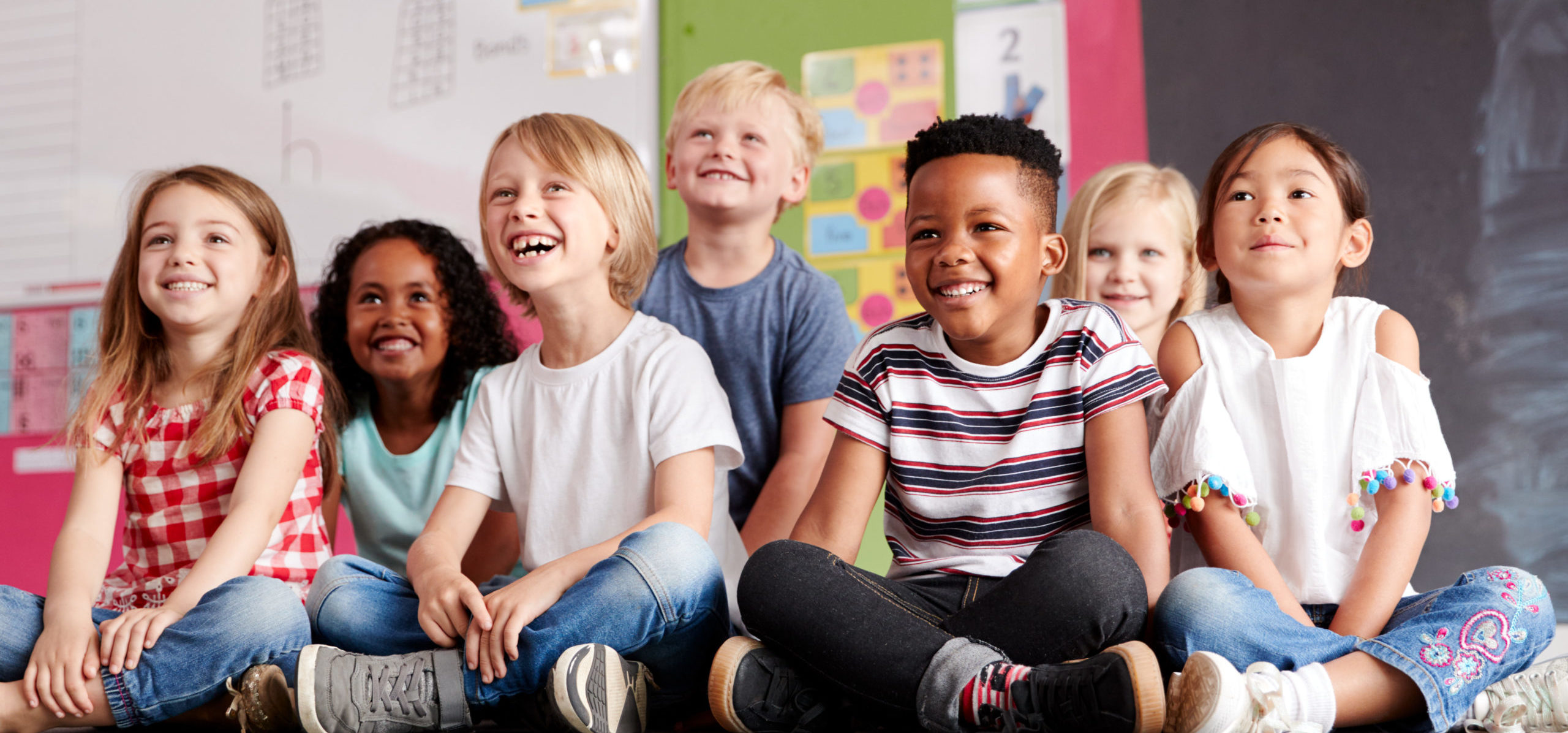Pillar: Respect
Purpose: Students will discuss how they can show respect and support of those who are different than themselves.
Objectives:
- Students will experience what it is like to be different by performing a challenge blindfolded.
- Students will discuss how supporting another person is a way of showing tolerance.
Goals:
- Familiarize children with the way people can be different. Promote understanding of differences and being respectful.
- Expose children to the idea that treating people well, including those who seem different, shows respect.
Activity:
- Small group
Materials:
- A blindfold for each child. This could be scarves, bandannas or another kind of blindfold.
Directions:
- Lead a discussion with the children. Ask “What does your body help you do?” Prompt children: “What do my eyes help me do?” Look for a response such as “Your eyes help you see.”Guide children to discuss what they can do with their senses or body. You might prompt them with questions like “What do legs help us do?”Explain that a person with a disability may do things differently or need help to do things. Sometimes a person’s eyes do not see well. They might need glasses. Some people may not be able to see at all. Some people are able to walk, and others cannot. Some people learn things quickly, but others need more time to learn. Encourage children to think of other ways people may be different.
- Everybody has things that they do well and things that are hard for them. People whose bodies work differently sometimes have to do things in a different way.
- Explain that today we are going to try moving around the room in a different way. We will be moving without using our eyes. Our friends will help us.
- Ask the group how they could help someone who cannot see. If they could not use their eyes, what kind of help would they want?
- Divide the group into pairs. Give each child their blindfold. One child will wear a blindfold at a time. When one of the pair wears their blindfold, the other will be responsible for leading their friend.
- Create a path in the room. Depending on the room size, it may be better to have one pair on the path at a time. If one pair goes at a time, have the rest of the group observe.
- Have the children switch roles so that the one who was blindfolded is now the leader.
- When everyone has had a turn, bring the children back to the small group for a discussion:
- What did it feel like when you wore the blindfold?
- How was your friend helpful in this activity?
- Were you glad to have a friend to help?
- What can you do to be respectful and helpful to a person who is not able to see?
- How can you help a friend who has trouble hearing? Walking?
Continuing the Lesson:
- Have children think of ways they could be helpers to others
- Some ideas include:
- hold a door open for a person
- pick up an item that was dropped
- let a person go ahead in line
- It is important to help children learn about and celebrate diversity including ethnicity, culture, ability, religion, etc. Program materials can help expose children to diversity. Books, play items, pictures and posters can help bring awareness to all kinds of diversity.
- Some ideas include:
Family Activity: Helping Others
We are learning about respect and helping others.
We learned that people with disabilities might do some things differently or need help. We used blindfolds to learn what it might be like if we could not see.
Here are some things you can do at home:
- Talk with your child about what their eyes, ears, nose, brain, hand, arms and legs do. For example:
Parent: Child:
“What do your eyes do?” “Help me see.”
“What do your legs do?” “Help me walk or run.”
“What does your brain do?” “Help me learn or think.” - Talk about what might happen if someone:
- Could not see
- They might use very special glasses.
- They might need help walking around.
- They might need a cane.
- They might need to use Braille.
- Could not hear
- They might use a hearing aid.
- They might use sign language.
- They might need to have someone let them know if an alarm goes off or there is an emergency
- What if someone is not able to walk? What if someone has difficulty learning?
- Could not see
- You can also talk about how you and your child might help someone with a disability.
- Try to understand what it would be like if you couldn’t see. Put a blindfold on your child. Now, lead your child through a room. Then switch, you put on the blindfold and have your child lead you through a room. You can talk about how you were both respectful when you were the one leading the other.
- Look for ways you and your child can help others. Some ideas are:
- take food to a food pantry,
- make cards for people in a senior center or rehabilitation center, or
- hold a door for someone as they are going out of a building.
Need more lessons like this? Check out the CHARACTER COUNTS! for Early Childhood kit in our online store.


